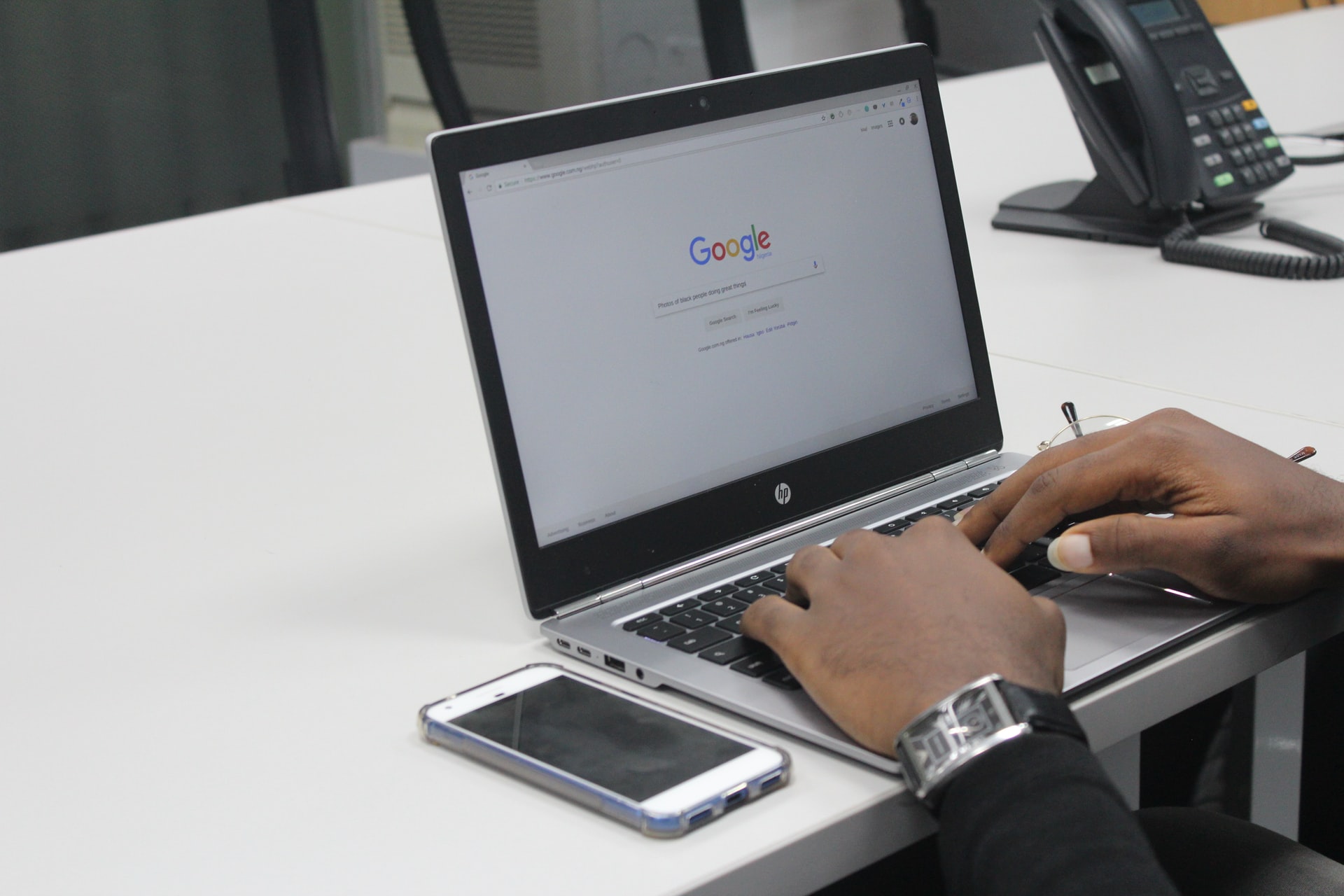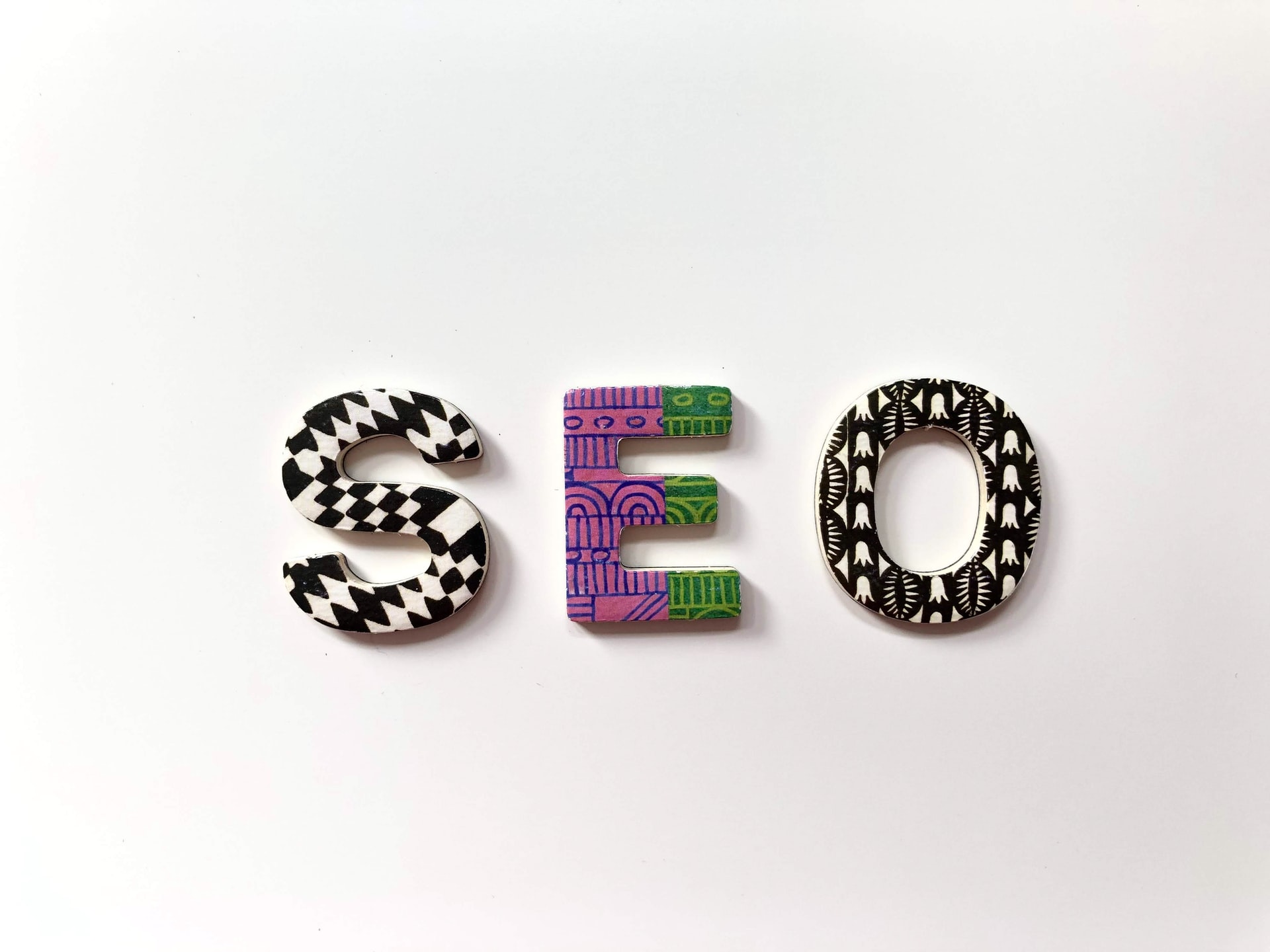What is it they do?
There is a myriad of roles surrounding the production of a magazine. And, while you might not be familiar with most of them, there’s one you’ve probably heard of Editor-in-Chief.
But, just what does an editor-in-chief do?
First, let’s see if you recognize any of these famous editors-in-chief: Anna Wintour, Hugh Hefner, Piers Morgan, Miranda Priestly.
(Well, Miranda Priestly is actually a fictional rendering of the quintessential editor-in-chief of a high fashion magazine, which we often see in movies, such as The Devil Wears Prada. And, yet, it would seem amiss to not include her.)
Anna Wintour, on the other hand, is very real and transformed a magazine into a high-fashion powerhouse. Since 1988, Wintour has been the English editor-in-chief of American Vogue. Wintour is a prominent figure in much of the fashion industry due to her vision and success with the magazine. Her editorial prowess helped to create American Vogue to be a cultural phenomenon and an international icon of fashion.
Stepping away from fashion and onto something less concerned with clothing was Hugh Hefner— founder, publisher, and editor-in-chief of the well known Playboy. While Hefner may have been the ultimate playboy, he was also the ultimate businessman. This editor-in-chief was worth over $43 million.
Across the pond, we have Piers Morgan— a British journalist and television presenter, in addition to being an editor. When he was hired on as editor of a national British newspaper, he was only 29 years old, giving him the title of youngest editor-in-chief in Britain for more than half of a century.
So, what does an editor-in-chief do?
Although the road to ‘chief’ status varies for anyone aspiring to that position, editors-in-chief (and the above names included) have similar things they must do on a daily basis.
But, ultimately, they have the last say on what gets published.
Typically, an editor-in-chief starts out as a writer or a journalist and then climbs the ranks. This position manages the publications department and ensures that the magazine is released on time and within the style and tone set by the magazine. They create an outline for the writers and graphic designers in order to ensure a smoother publication production process. They review content, layout, design, and review articles in order to prevent spelling errors, plagiarism, or tonal inconsistencies, often after more junior editors take a look. They also strive to increase readership and implement new media plans.
Editors-in-chief provide their expertise and suggestions if they see room for improvement, and are often expected to strike a balance between being business-savvy and traditionally creative.
While Hollywood and pop culture have glamorized what it means to be an editor-in-chief, the position can be equally exciting and stressful. But, at the end of the day, the seeing the end product in the hands of readers can be very rewarding.




